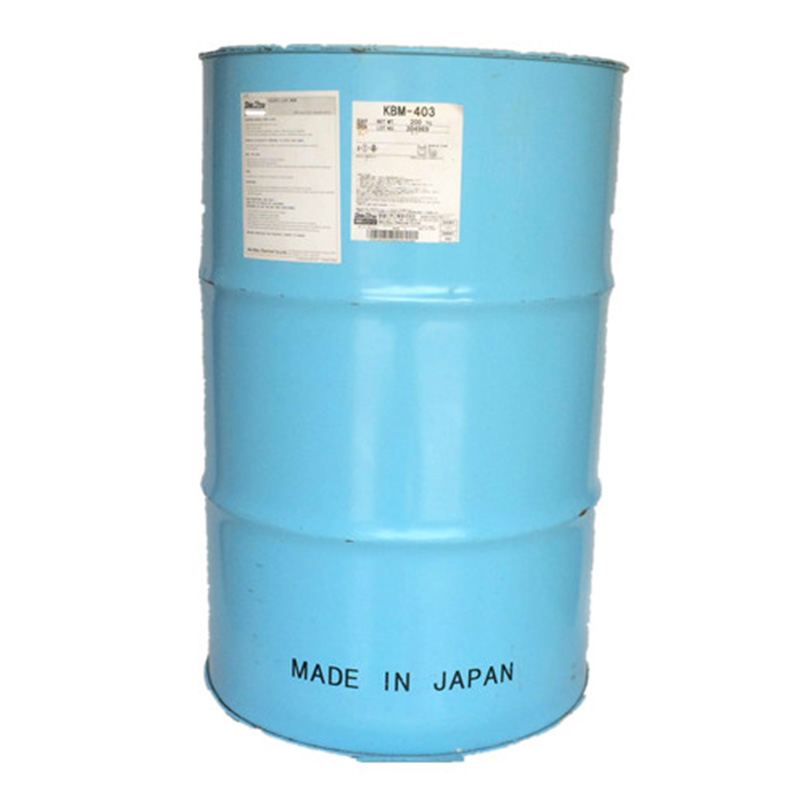How To Use Silane Coupling Agent?
Silane Coupling Agents are surface modifiers designed to strengthen the interface between inorganic materials and organic resins. By properly applying silane, industries can enhance adhesion, improve durability, and optimize performance of composites, coatings, and electronic materials.
Table of Contents
1. Preparing the Silane Solution
Silane coupling agents are typically diluted in water, alcohol, or water–alcohol mixtures before application.
Hydrolysis Step: In the presence of moisture, the alkoxy groups of silane hydrolyze into silanol groups (Si–OH). This is essential because silanols can bond with hydroxyl-rich inorganic surfaces like glass, silica, or metal oxides.
Concentration: Typical working concentrations are between 0.5% and 2% silane in solution, depending on the material and the application.
2. Applying to Inorganic Surfaces
The prepared silane solution can be applied in several ways:
Immersion: Substrates such as glass fibers or metal parts are dipped into the silane solution.
Spraying: A convenient option for treating large surfaces in coatings or electronic parts.
Brushing or Wiping: Useful for localized treatment in small-scale applications.
After application, the treated surface is usually dried and cured to form a strong siloxane (Si–O–Si) bond between silane and the inorganic material.
3. Incorporating into Resins
Instead of pre-treating the surface, silane coupling agents like kbm-3103c or KBM-403 can be added directly to resin formulations.
In Adhesives and Coatings: Epoxy silanes such as KBM-403 bond directly with curing agents or resin backbones, improving adhesion to glass, metal, or ceramic substrates.
In Composites: Amino silanes like KBM-3103C bond with epoxy or phenolic resins while anchoring to fillers, ensuring better dispersion and mechanical strength.
4. Curing and Post-Treatment
Once applied, the silane-treated material requires a curing stage:
Heat Treatment: Often performed at moderate temperatures (e.g., 100–120°C) to accelerate condensation of silanol groups into a stable siloxane network.
Air Drying: For moisture-sensitive applications, controlled drying ensures complete bonding.
This step locks the silane into the interface, making the surface chemically bonded and resistant to water, chemicals, and mechanical stress.
5. Best Practices for Effective Use
pH Control: Hydrolysis is most effective in slightly acidic conditions (pH 4–5).
Fresh Solutions: Silane solutions should be prepared just before use to avoid premature condensation.
Uniform Application: Ensure even coverage of the silane layer for consistent performance.
Right Choice of Functional Group:
Amino Silane (KBM-3103C): Best for reinforcing fillers and composites.
Epoxy Silane (KBM-403): Ideal for coatings, adhesives, and Electronics.
Conclusion
Using silane coupling agents involves preparing a hydrolyzed solution, applying it to inorganic surfaces or blending it into resin systems, and then curing to form a stable chemical bond. Products like shinetsu kbm-3103c and KBM-403 deliver reliable performance when applied correctly, offering improved adhesion, durability, and resistance in coatings, adhesives, and composite materials. Mastering the correct usage ensures industries gain the full benefits of silane technology in their products.

Previous: What Is Silane Coupling Agent?



